-
 bitcoin
bitcoin $114050.498472 USD
2.69% -
 ethereum
ethereum $4371.902473 USD
1.67% -
 xrp
xrp $2.995548 USD
1.55% -
 tether
tether $1.000215 USD
0.04% -
 bnb
bnb $892.359281 USD
1.43% -
 solana
solana $224.837338 USD
4.00% -
 usd-coin
usd-coin $0.999716 USD
-0.03% -
 dogecoin
dogecoin $0.246520 USD
3.37% -
 tron
tron $0.341142 USD
1.74% -
 cardano
cardano $0.886598 USD
2.57% -
 hyperliquid
hyperliquid $55.973026 USD
5.62% -
 chainlink
chainlink $23.669165 USD
2.89% -
 ethena-usde
ethena-usde $1.000760 USD
-0.02% -
 sui
sui $3.612536 USD
3.80% -
 stellar
stellar $0.388361 USD
4.33%
What is a maker fee vs a taker fee?
Maker fees reward traders who add liquidity with limit orders, while taker fees charge those who remove liquidity with immediate trades, helping balance market efficiency.
Sep 11, 2025 at 02:55 pm
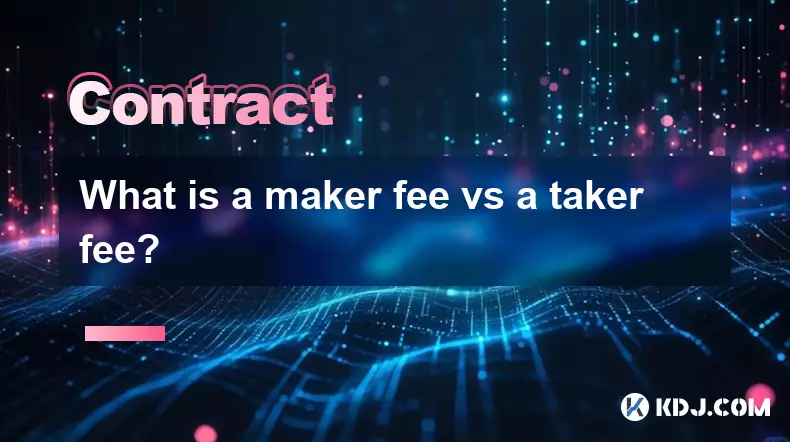
Understanding Maker and Taker Fees in Cryptocurrency Trading
Trading in the cryptocurrency market involves various costs, and one of the most important is the fee structure applied by exchanges. Two primary types of fees—maker and taker fees—are used to incentivize certain behaviors on trading platforms. These fees are not arbitrary; they are designed to encourage liquidity provision and efficient order execution. Understanding the difference between them is essential for traders aiming to minimize costs and maximize returns.
What Is a Maker Fee?
1. A maker fee is charged when a trader places an order that does not immediately get filled—this is known as a limit order. By placing such an order, the trader adds liquidity to the market, effectively 'making' the market for others.
- Because this order sits on the order book and waits to be matched, it contributes to market depth, which benefits other traders looking to execute trades quickly.
- Exchanges often reward this behavior by charging lower fees—or sometimes offering rebates—to makers. This incentivizes users to place limit orders rather than market orders.
- For example, if the current bid for Bitcoin is $40,000 and a trader places a sell limit order at $40,500, that order will only execute if the price reaches that level. Until then, it remains on the books as liquidity.
- The maker fee is typically a percentage of the trade value and can range from 0.02% to 0.3%, depending on the exchange and the user’s trading volume.
What Is a Taker Fee?
1. A taker fee applies when a trader places an order that is immediately executed against an existing order on the book—such as a market order or a limit order that crosses the spread.
- This action removes liquidity from the market because it fills an existing maker order, thus 'taking' liquidity away.
- Since takers benefit from the availability of orders placed by makers, exchanges charge them a higher fee to balance the ecosystem.
- For instance, if a trader buys Bitcoin instantly at the best available ask price, they are acting as a taker and will be charged the taker fee.
- Taker fees are generally higher than maker fees, commonly ranging from 0.05% to 0.4%, again varying by platform and user tier.
How Fee Structures Influence Trading Behavior
1. The distinction between maker and taker fees encourages traders to think strategically about how they enter and exit positions.
- High-frequency traders and market makers often design their algorithms to place limit orders and earn lower fees or even rebates, especially on exchanges with maker rebates.
- Retail traders who prioritize speed and certainty of execution may opt for market orders despite the higher taker fee, accepting the cost for immediate results.
- Some exchanges offer tiered fee models based on 30-day trading volume, where high-volume traders receive reduced maker and taker rates.
- Traders who consistently place limit orders can significantly reduce their overall transaction costs over time by benefiting from lower maker fees or rebates.
Frequently Asked Questions
Can a limit order ever be charged a taker fee?Yes. If a limit order is placed at a price that immediately matches an existing order on the opposite side of the book, it will execute instantly and be classified as a taker, incurring the taker fee.
Do all cryptocurrency exchanges differentiate between maker and taker fees?Most major exchanges do, including Binance, Coinbase Advanced, Kraken, and Bybit. However, some smaller or beginner-focused platforms may apply a flat fee regardless of order type.
What is a maker rebate?A maker rebate is a negative fee—essentially a payment from the exchange to the trader—for providing liquidity. Certain high-volume exchanges offer rebates to attract market makers, meaning the trader earns a small amount instead of paying a fee.
How can I check whether I’m being charged a maker or taker fee?Trading platforms usually indicate the fee type in the transaction history or order details. Users can also review the executed price and compare it to the order book at the time to determine if the order was filled immediately (taker) or waited (maker).
Disclaimer:info@kdj.com
The information provided is not trading advice. kdj.com does not assume any responsibility for any investments made based on the information provided in this article. Cryptocurrencies are highly volatile and it is highly recommended that you invest with caution after thorough research!
If you believe that the content used on this website infringes your copyright, please contact us immediately (info@kdj.com) and we will delete it promptly.
- Bitcoin, CPI Data, Analyst Reveal: Decoding the Crypto Market's Next Move
- 2025-09-12 02:25:13
- Binance Alpha Lists STBL: A New Era for Stablecoins and Cryptocurrency?
- 2025-09-12 02:45:12
- Bitcoin, CPI Data, and Traders Split: What's the Vibe?
- 2025-09-12 03:45:12
- Uniswap (UNI) Price: Whale Moves and the Road Ahead
- 2025-09-12 03:05:17
- BlockDAG Dominates 2025's Crypto Presales: The Hottest Ticket in Town?
- 2025-09-12 02:45:12
- Mantle Price Surges on Bybit 2.0 Launch: Volume and Excitement Spike!
- 2025-09-12 03:05:17
Related knowledge

How to deploy a smart contract?
Sep 11,2025 at 10:18am
Understanding the Basics of Smart Contract Deployment1. A smart contract is a self-executing program stored on a blockchain, most commonly deployed on...
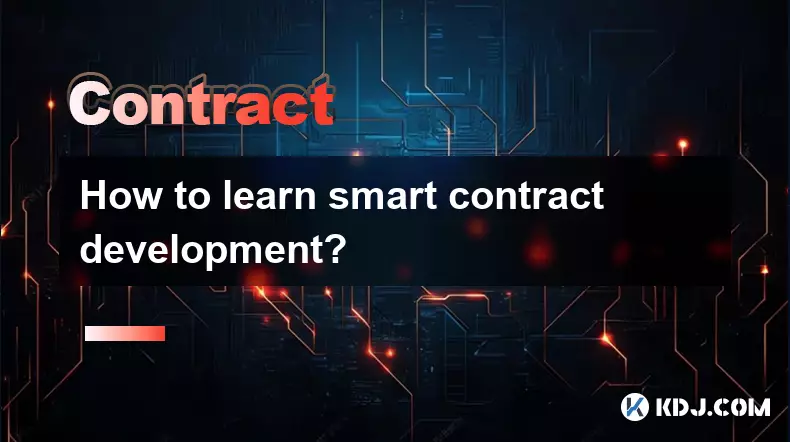
How to learn smart contract development?
Sep 09,2025 at 02:18am
Understanding the Foundation of Smart Contracts1. Smart contract development begins with a solid understanding of what smart contracts are—self-execut...
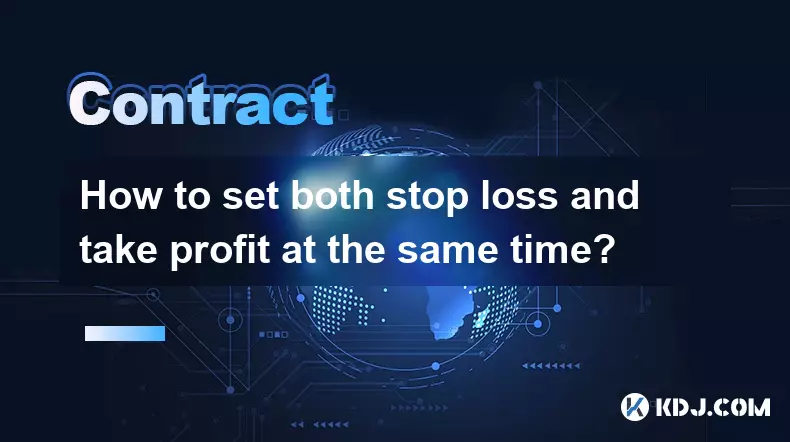
How to set both stop loss and take profit at the same time?
Sep 06,2025 at 04:36pm
Understanding Simultaneous Stop Loss and Take Profit Orders1. Placing both stop loss and take profit orders at the same time is a standard practice in...

What is copy trading for crypto futures?
Sep 07,2025 at 02:00am
What Is Copy Trading in Crypto Futures?1. Copy trading in crypto futures allows investors to automatically replicate the trades of experienced traders...
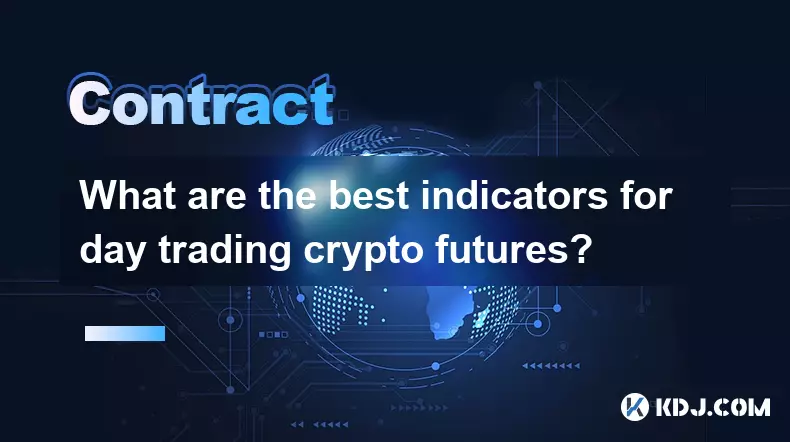
What are the best indicators for day trading crypto futures?
Sep 08,2025 at 10:18am
Top Technical Indicators for Crypto Futures Day Trading1. The Relative Strength Index (RSI) is widely used to identify overbought or oversold conditio...
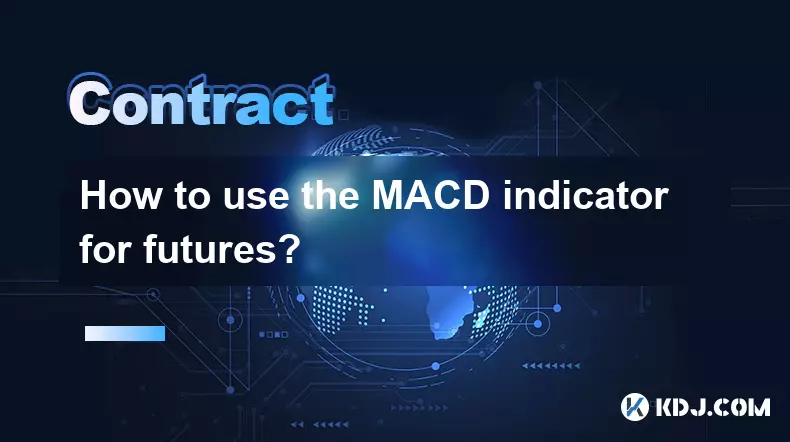
How to use the MACD indicator for futures?
Sep 07,2025 at 09:00pm
Understanding the MACD Indicator in Futures Trading1. The MACD (Moving Average Convergence Divergence) indicator is a momentum oscillator widely used ...

How to deploy a smart contract?
Sep 11,2025 at 10:18am
Understanding the Basics of Smart Contract Deployment1. A smart contract is a self-executing program stored on a blockchain, most commonly deployed on...

How to learn smart contract development?
Sep 09,2025 at 02:18am
Understanding the Foundation of Smart Contracts1. Smart contract development begins with a solid understanding of what smart contracts are—self-execut...

How to set both stop loss and take profit at the same time?
Sep 06,2025 at 04:36pm
Understanding Simultaneous Stop Loss and Take Profit Orders1. Placing both stop loss and take profit orders at the same time is a standard practice in...

What is copy trading for crypto futures?
Sep 07,2025 at 02:00am
What Is Copy Trading in Crypto Futures?1. Copy trading in crypto futures allows investors to automatically replicate the trades of experienced traders...

What are the best indicators for day trading crypto futures?
Sep 08,2025 at 10:18am
Top Technical Indicators for Crypto Futures Day Trading1. The Relative Strength Index (RSI) is widely used to identify overbought or oversold conditio...

How to use the MACD indicator for futures?
Sep 07,2025 at 09:00pm
Understanding the MACD Indicator in Futures Trading1. The MACD (Moving Average Convergence Divergence) indicator is a momentum oscillator widely used ...
See all articles










































































